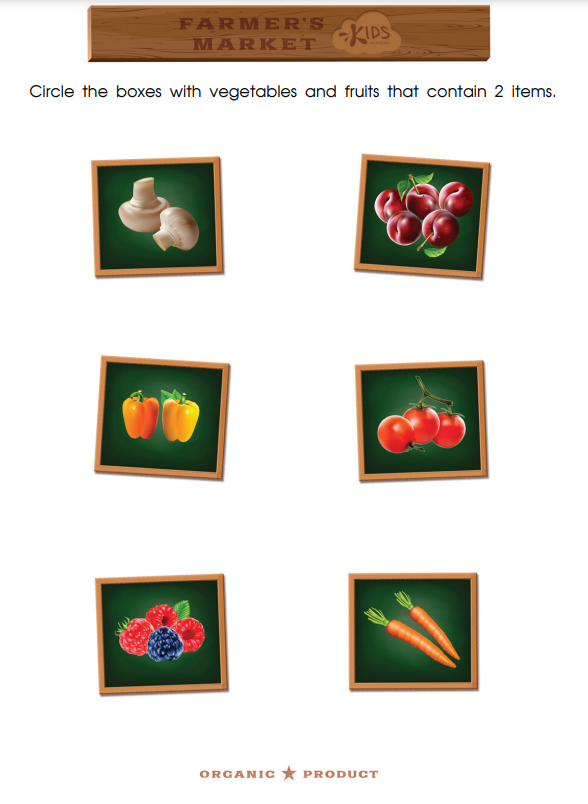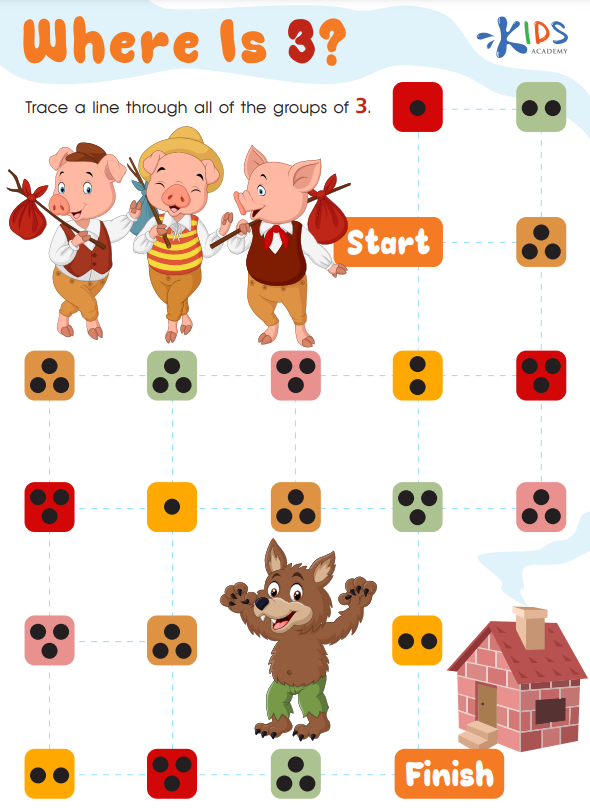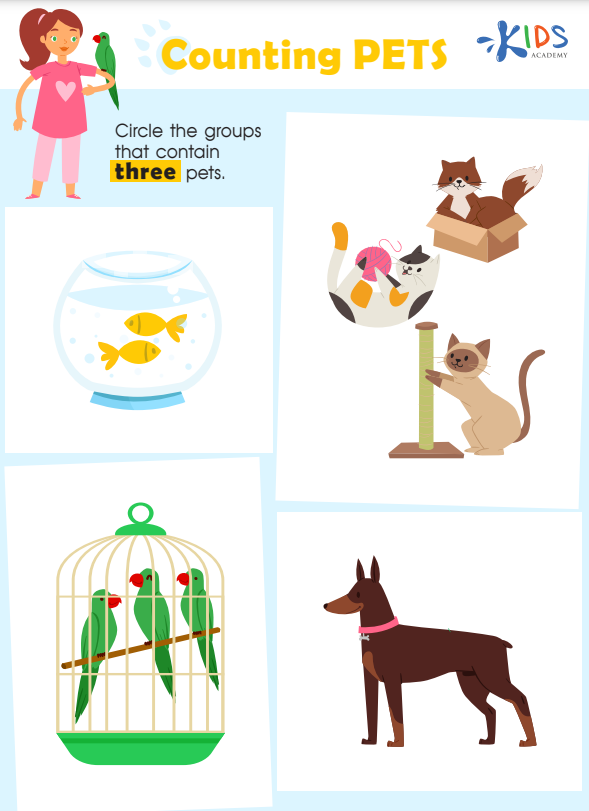-
English
-
English Pre-K
-
Unit 1: Early Literacy Skills
-
ABCs
- Pre-writing Activities
- Letter A
- Letter B
- Letter C
- Letter D
- Letter E
- Letter F
- Letter G
- Letter H
- Letter I
- Letter J
- Letter K
- Letter L
- Letter M
- Letter N
- Letter O
- Letter P
- Letter Q
- Letter R
- Letter S
- Letter T
- Letter U
- Letter V
- Letter W
- Letter X
- Letter Y
- Letter Z
-
Phonological Awareness
- Rhyming Words
- Letter Sounds B, C, D, and F
- Letter Sounds G, H, J, and K
- Letter Sounds L, M, N, and P
- Letter Sounds Q, R, S, and T
- Letter Sounds V, W, X, Y, and Z
- Letter Sounds A, E, and I
- Letter Sounds O and U
- Beginning Sounds
- Matching Letters to Sounds
-
ABCs
-
Unit 2: Vocabulary
-
Common Words
- Sorting Words into Categories
- Color Words
- Verbs and Adjectives
-
Sight Words
- Sight Words 'I' and 'Can'
- Sight Words 'You' and 'Like'
-
Common Words
-
Unit 3: Print Awareness
-
Parts of a Book
- Working with a Book
- Spaces Between Words
- Text and Illustrations
-
Picture Books and Poems
- Picture Book Text Features
- Poem Text Features
- Signs and Labels in the Community
-
Parts of a Book
-
Unit 4: Reading Literature
- Questions About Stories
- Discussing Stories
-
Unit 5: Reading Informational Texts
- Retelling Details in a Text
- Questions About a Text
- Connections Between Events
- Text Features
- Describing Illustrations
-
Unit 1: Early Literacy Skills
-
English Pre-K
-
Math
-
Math for Pre-Kindergarten
-
Logic and Geometry
-
Matching and Sorting
- Same and Different
- Which One Is a Little Different?
- Objects That Go Together
- Sorting by Color and Size
- Sorting The Same Group in Different Ways
- Patterns
-
Shapes
- Shapes in Our Environment
- Naming Shapes Regardless of Size
- Making Shapes in Preschool
- Comparing Shapes
- Relative Positions
- Sorting Shapes
-
Matching and Sorting
-
Early Number Sense
-
Numbers 1–5
- Counting to 3
- Counting to 5
- Arranging Objects up to 3 Objects
- Arranging up to 5 Objects
- Writing Numbers 1–5
-
Numbers 1–5
-
Numbers up to 10
- Counting to 10
- Arranging up to 10 Objects
- Number 0
- Writing Numbers 6–10
- Breaking Down Numbers 6-10
-
Logic and Geometry
-
Math for Pre-Kindergarten
Numbers 1–5
When preschool children are ready to extend playtime into learning activities, Kids Academy has what you need to guide them through learning numbers and counting. Remember–it is best to expose children to several different ways of thinking about numbers at the same time. Teaching numerals in isolation instead of alongside picture models and examples will not make the necessary connections that commit concepts to long term memory. A good way to keep a number line always visible to help reinforce the Kids Academy practice sheets is to have a ruler on the table. That way, young learners can refer to numbers 1-5 in order. Giving tools for success will better ensure kids’ confidence in learning.
Using this sheet, along with the others mentioned in our library of resource articles, is a great opportunity to mix concrete examples with showing work on paper. Gather some supplies at the grocery store in the produce section and have your child count items on the kitchen counter. Or, use fake fruits and vegetables from their toy box. Pretend to eat the toy fruit after it is counted, or take a real bite of each real food as you count. Then, work on this paper digitally or print it out to reinforce number model recognition. Each picture shows a model of a different number of fruits or veggies. Count each picture to find the groups of 2.
This Counting 1 to 5 video in our resource lesson library will delight your preschooler. Helping Toby the dog to count apples is fun and engaging. After watching the video, cut an apple to count the seeds and have a snack together!
Little learners love the Three Little Pigs! Before working to recognize the number 3 on this activity, read The Story of the Three Little Pigs together—or watch our storytime video on YouTube. Then, find the groups of 3 dots on this Kids Academy resource. Make sure your chid notices that the colorful squares with dots look like dice. Making that connection will help them to transfer their number learning to playing board games that involve rolling dice.
The next activity will also reinforce the concept of 3. As you count the animals in each square, role play with your child. Act like fish swimming in a fishbowl. Or cats romping around the room. Make squawking sounds like exotic birds, and bark like a dog. Make it as silly as possible before settling down and identifying groups of 3 animals.
The good news about teaching the numbers 1-5 to your child is that the quality time will lead to readiness in math for kindergarten! Preschool children become confident learners when they have had instruction at home prior to beginning school. Use the suggestions about role play and concrete examples to reinforce any number 1-10.
Find more articles on teaching number sense to preschoolers in out interactive catalogue!



